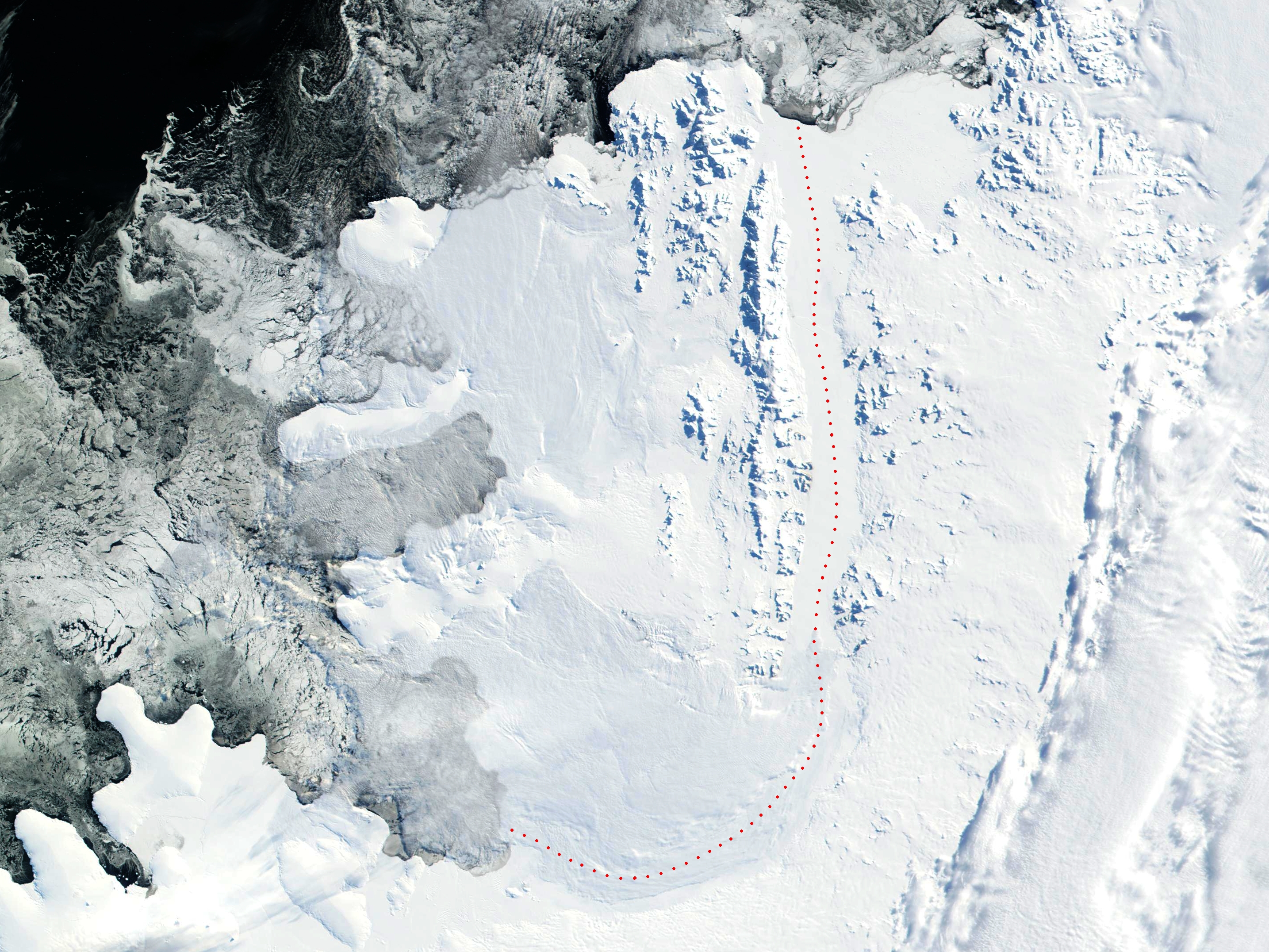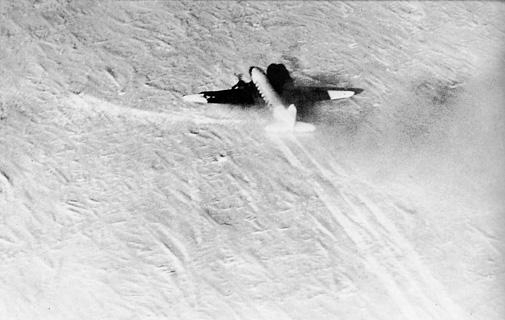|
Hageman Peak
Hageman Peak () is a montane landform pinnacle rising to about at the northwest end of the Staccato Peaks in southern Alexander Island, Antarctica. The peak was photographed from the air by Lincoln Ellsworth in 1935, and was named by the Advisory Committee on Antarctic Names for Lieutenant Commander Roger H. Hageman, U.S. Navy, an LC-130 aircraft commander during Operation Deep Freeze, 1969. See also * Saint George Peak * Beagle Peak Beagle Peak () is a peak rising to about in the central part of the Lassus Mountains, Alexander Island, Antarctica. It is situated 5.55 km west by south of Moriseni Peak. The feature was named by the Advisory Committee on Antarctic Names ... * Giovanni Peak References Mountains of Alexander Island {{AlexanderIsland-geo-stub ... [...More Info...] [...Related Items...] OR: [Wikipedia] [Google] [Baidu] |
Staccato Peaks
Staccato Peaks () is a series of rock peaks extending 11 miles (18 km) in a north–south direction, rising to about 940 m with Hageman Peak Hageman Peak () is a montane landform pinnacle rising to about at the northwest end of the Staccato Peaks in southern Alexander Island, Antarctica. The peak was photographed from the air by Lincoln Ellsworth in 1935, and was named by the Advisor ... being the highest peak of the Staccato Peaks, rising from the snowfields 20 miles (32 km) south of the Walton Mountains in the south part of Alexander Island, Antarctica. The peaks were first sighted from the air by Lincoln Ellsworth on November 23, 1935, and mapped from photos taken on that flight by W.L.G. Joerg. Remapped from air photos taken by the Ronne Antarctic Research Expedition in 1947–48, by Searle of the Falkland Islands Dependencies Survey in 1960. The name, given by the United Kingdom Antarctic Place-Names Committee, refers to the precipitous and abrupt way in which t ... [...More Info...] [...Related Items...] OR: [Wikipedia] [Google] [Baidu] |
Alexander Island
Alexander Island, which is also known as Alexander I Island, Alexander I Land, Alexander Land, Alexander I Archipelago, and Zemlja Alexandra I, is the largest island of Antarctica. It lies in the Bellingshausen Sea west of Palmer Land, Antarctic Peninsula from which it is separated by Marguerite Bay and George VI Sound. The George VI Ice Shelf entirely fills George VI Sound and connects Alexander Island to Palmer Land. The island partly surrounds Wilkins Sound, which lies to its west.Stewart, J. (2011) ''Antarctic An Encyclopedia'' McFarland & Company Inc, New York. 1776 pp. . Alexander Island is about long in a north–south direction, wide in the north, and wide in the south. Alexander Island is the second-largest uninhabited island in the world, after Devon Island. History Alexander Island was discovered on January 28, 1821, by a Russian expedition under Fabian Gottlieb von Bellingshausen, who named it Alexander I Land for the reigning Tsar Alexander I of Russia. Wha ... [...More Info...] [...Related Items...] OR: [Wikipedia] [Google] [Baidu] |
Antarctica
Antarctica () is Earth's southernmost and least-populated continent. Situated almost entirely south of the Antarctic Circle and surrounded by the Southern Ocean, it contains the geographic South Pole. Antarctica is the fifth-largest continent, being about 40% larger than Europe, and has an area of . Most of Antarctica is covered by the Antarctic ice sheet, with an average thickness of . Antarctica is, on average, the coldest, driest, and windiest of the continents, and it has the highest average elevation. It is mainly a polar desert, with annual precipitation of over along the coast and far less inland. About 70% of the world's freshwater reserves are frozen in Antarctica, which, if melted, would raise global sea levels by almost . Antarctica holds the record for the lowest measured temperature on Earth, . The coastal regions can reach temperatures over in summer. Native species of animals include mites, nematodes, penguins, seals and tardigrades. Where vegetation o ... [...More Info...] [...Related Items...] OR: [Wikipedia] [Google] [Baidu] |
Lincoln Ellsworth
Lincoln Ellsworth (May 12, 1880 – May 26, 1951) was a polar explorer from the United States and a major benefactor of the American Museum of Natural History. Biography Lincoln Ellsworth was born on May 12, 1880, to James Ellsworth and Eva Frances Butler in Chicago, Illinois. He also lived in Hudson, Ohio, as a child. He attended The Hill School and took two years longer than usual to graduate, before entering the Sheffield Scientific School at Yale University. His academic performance was poor, and he subsequently enrolled at Columbia University and McGill before ending his academic career. Lincoln Ellsworth's father, James, a wealthy coal man from the United States, spent US$100,000 to fund Roald Amundsen's 1925 attempt to fly from Svalbard to the North Pole. Amundsen, accompanied by Lincoln Ellsworth, pilot Hjalmar Riiser-Larsen, flight mechanic Karl Feucht and two other team members, set out in two Dornier Wal flying boats, the N24 and N25, in an attempted to reach the ... [...More Info...] [...Related Items...] OR: [Wikipedia] [Google] [Baidu] |
Advisory Committee On Antarctic Names
The Advisory Committee on Antarctic Names (ACAN or US-ACAN) is an advisory committee of the United States Board on Geographic Names responsible for recommending commemorative names for features in Antarctica. History The committee was established in 1943 as the Special Committee on Antarctic Names (SCAN). It became the Advisory Committee on Antarctic Names in 1947. Fred G. Alberts was Secretary of the Committee from 1949 to 1980. By 1959, a structured nomenclature was reached, allowing for further exploration, structured mapping of the region and a unique naming system. A 1990 ACAN gazeeter of Antarctica listed 16,000 names. Description The United States does not recognise territorial boundaries within Antarctica, so ACAN assigns names to features anywhere within the continent, in consultation with other national nomenclature bodies where appropriate, as defined by the Antarctic Treaty System. The research and staff support for the ACAN is provided by the United States Geologi ... [...More Info...] [...Related Items...] OR: [Wikipedia] [Google] [Baidu] |
Roger H
Roger is a given name, usually masculine, and a surname. The given name is derived from the Old French personal names ' and '. These names are of Germanic origin, derived from the elements ', ''χrōþi'' ("fame", "renown", "honour") and ', ' ("spear", "lance") (Hrōþigēraz). The name was introduced into England by the Normans. In Normandy, the Frankish name had been reinforced by the Old Norse cognate '. The name introduced into England replaced the Old English cognate '. ''Roger'' became a very common given name during the Middle Ages. A variant form of the given name ''Roger'' that is closer to the name's origin is ''Rodger''. Slang and other uses Roger is also a short version of the term "Jolly Roger", which refers to a black flag with a white skull and crossbones, formerly used by sea pirates since as early as 1723. From up to , Roger was slang for the word "penis". In ''Under Milk Wood'', Dylan Thomas writes "jolly, rodgered" suggesting both the sexual double entend ... [...More Info...] [...Related Items...] OR: [Wikipedia] [Google] [Baidu] |
LC-130
The Lockheed LC-130 is a ski-equipped United States Air Force variant of the C-130 Hercules used in the Arctic and Antarctic. Ten are currently in service with the 109th Airlift Wing of the New York Air National Guard. Design and development The LC-130 started as a prototype model developed by modifying a ''C-130A'' with skis in 1956. After testing in 1957, 12 additional C-130A models were modified with skis and hydraulics under the designation of ''C-130D''. In 1959 the first four factory equipped, ski-based Hercules were produced under the Navy designation of UV-1L. These C-130s are USAF C-130B models. Later in the program the designation was changed from UV-1L to C-130BL. This designation was again later changed to LC-130F when aircraft nomenclature was standardized for all services by the U. S. Defense Department in 1962. These four aircraft were bought by the Navy Department to support the Navy's Antarctic expedition that was ongoing at the time. The Navy also bought one ... [...More Info...] [...Related Items...] OR: [Wikipedia] [Google] [Baidu] |
Operation Deep Freeze
Operation Deep Freeze (OpDFrz or ODF) is codename for a series of United States missions to Antarctica, beginning with "Operation Deep Freeze I" in 1955–56, followed by "Operation Deep Freeze II", "Operation Deep Freeze III", and so on. (There was an initial operation before Admiral Richard Byrd proposed 'Deep Freeze'). Given the continuing and constant US presence in Antarctica since that date, "Operation Deep Freeze" has come to be used as a general term for US operations in that continent, and in particular for the regular missions to resupply US Antarctic bases, coordinated by the United States military. Task Force 199 was involved. Prior to International Geophysical Year The U.S. Navy already had a record of earlier exploration in Antarctica. As early as 1839, Captain Charles Wilkes led the first U.S. Naval expedition into Antarctic waters. In 1929, Admiral Richard E. Byrd established a naval base at Little America I, led an expedition to explore further inland, and c ... [...More Info...] [...Related Items...] OR: [Wikipedia] [Google] [Baidu] |
Saint George Peak
Saint George Peak (Russian: "Gora Svyatogo Georgiya Pobedonostsa") is a peak rising to about 1,500 m in the western part of the Havre Mountains, situated 3 mi northeast of Cape Vostok within the northwest portion of Alexander Island, Antarctica. In 1821 the Russian expedition under Bellingshausen sighted a very high mountain in this area which they named "Gora Svyatogo Georgiya Pobedonostsa" (Mountain of Saint George the Victor). Though the position reported by them for this mountain would place it in the sea, it has been assumed that the peak described here is the same feature. It was first mapped in detail from air photos taken by the RARE, 1947–48, by Searle of the FIDS in 1960. The translated form of the name suggested by the UK-APC was approved in 1961.> See also * Duffy Peak * Giza Peak * Hageman Peak Hageman Peak () is a montane landform pinnacle rising to about at the northwest end of the Staccato Peaks in southern Alexander Island, Antarctica. The peak was ... [...More Info...] [...Related Items...] OR: [Wikipedia] [Google] [Baidu] |
Beagle Peak
Beagle Peak () is a peak rising to about in the central part of the Lassus Mountains, Alexander Island, Antarctica. It is situated 5.55 km west by south of Moriseni Peak. The feature was named by the Advisory Committee on Antarctic Names for Lieutenant Commander Clyde A. Beagle, U.S. Navy, LC-130 aircraft commander, Squadron VXE-6, U.S. Navy Operation Deepfreeze, 1969 and 1970. See also * Saint George Peak * Hageman Peak * Duffy Peak Duffy Peak () is a peak southeast of Hageman Peak in the Staccato Peaks, southwest Alexander Island, Antarctica. Dargomyzhsky glacier extends and flows west from the base of Duffy Peak and enters the nearby Bach Ice Shelf. The peak was photogra ... References * Mountains of Alexander Island {{AlexanderIsland-geo-stub ... [...More Info...] [...Related Items...] OR: [Wikipedia] [Google] [Baidu] |
Giovanni Peak
Giovanni Peak () is a Summit (topography), peak rising to about 500 m at the south end of Debussy Heights, above Mozart Ice Piedmont in the north part of Alexander Island, Antarctica. First mapped from air photos taken by the Ronne Antarctic Research Expedition (RARE), 1947–48, by Searle of the Falkland Islands Dependencies Survey (FIDS) in 1960. Named by United Kingdom Antarctic Place-Names Committee (UK-APC) in association with the Mozart ice piedmont after Mozart's opera ''Don Giovanni''. See also * Saint George Peak * Lamina Peak * Landers Peaks References Mountains of Alexander Island Cultural depictions of Wolfgang Amadeus Mozart {{AlexanderIsland-geo-stub ... [...More Info...] [...Related Items...] OR: [Wikipedia] [Google] [Baidu] |


